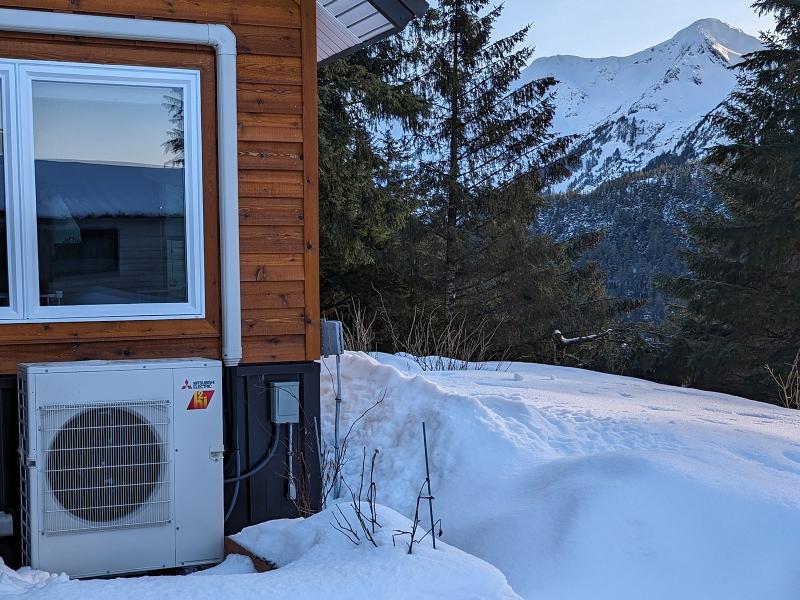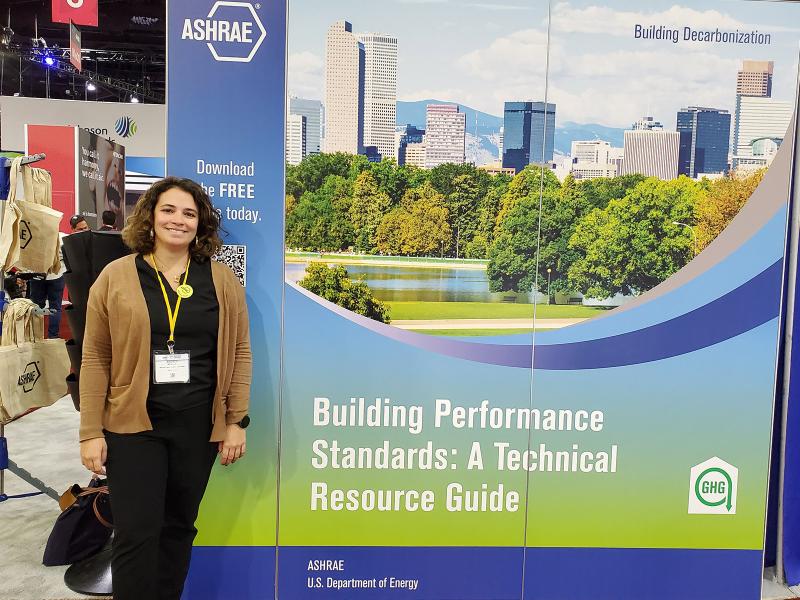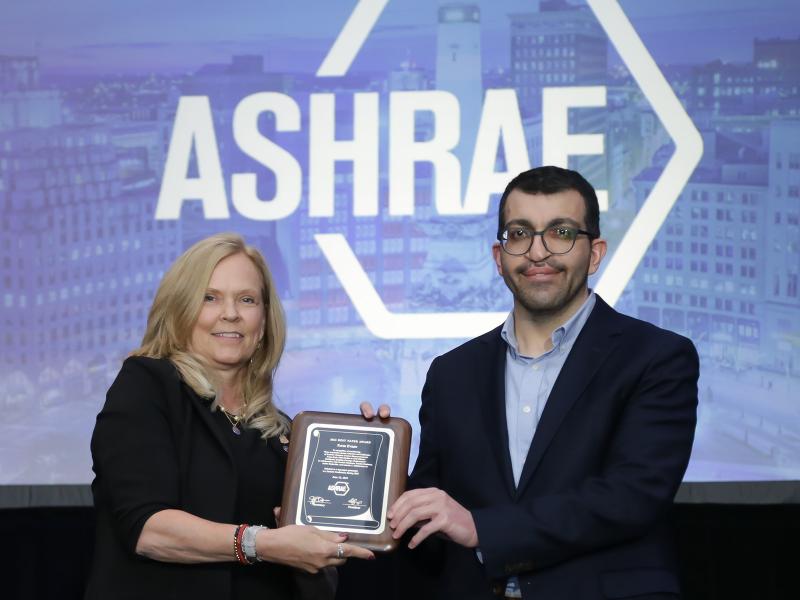
Advanced Building Controls
Advanced Building Controls
Controls for efficiency, grid integration
Controls for efficiency, grid integration
PNNL's research outcomes in advanced building controls are coordinating energy use in new and novel ways, making structures of all types more efficient.
Image by Pisa Photography | Shutterstock
Researchers at Pacific Northwest National Laboratory (PNNL) bring recognized expertise to the study, development, and deployment of advanced building controls. These controls make structures of all types more efficient and help set the stage for a streamlined future energy system.
Today’s homes and buildings benefit from numerous methods to reduce energy consumption and improve occupant comfort. Features such as insulation, efficient heating and cooling systems, and tighter walls and windows readily come to mind.
Now, new and improved control systems are taking building operations to a higher level. Control technologies not only help achieve efficient performance, but enable automated communication with other buildings and the power grid to coordinate energy use—a key step toward decarbonizing the energy system.
PNNL works with the U.S. Department of Energy’s Building Technologies Office and other agencies to move advanced building control concepts from the drawing board to application. Several of these efforts and technologies are described below.
VOLTTRON™: an enabling platform for advanced building controls
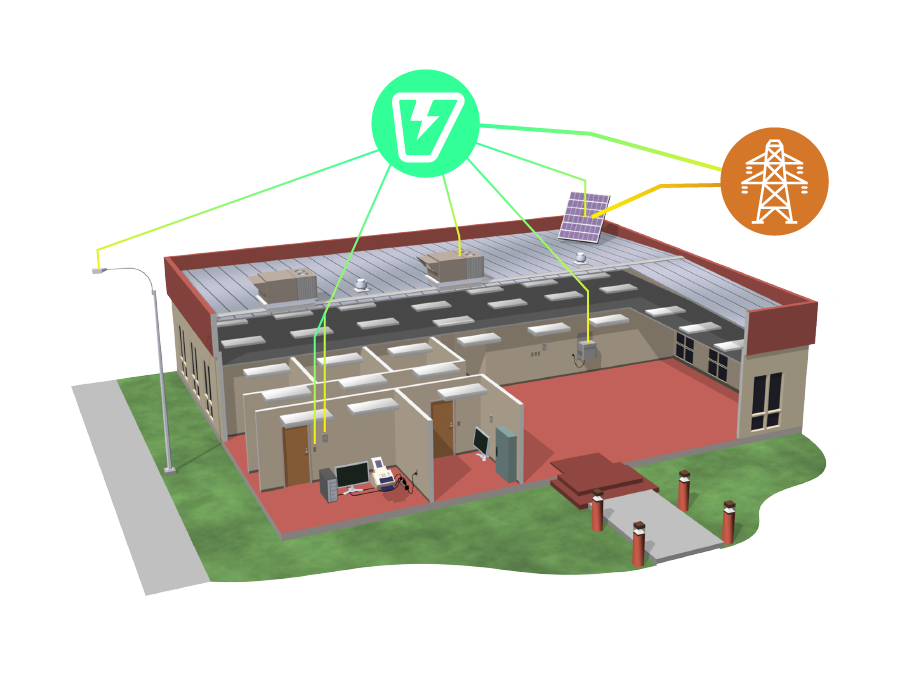
The PNNL-developed VOLTTRON™, a distributed sensing and control software platform, is a central component in many of PNNL’s advanced building control solutions.
The technology makes it possible to gather and analyze data from a wide range of building and home systems and devices. Applications built on VOLTTRON™ coordinate control decisions, including with the power grid, and maximize energy, cost, and comfort benefits. The technology is open source and deployed from low-cost computing resources. View an application for small- and medium-sized commercial buildings.
Several years after its development, VOLTTRON™ joined the Eclipse Foundation, an international organization that helps advance open-source software projects. The technology is now known as Eclipse VOLTTRON™.
Establishing transactive methods
PNNL’s energy vision includes transactive relationships between buildings and the power grid. Through the Clean Energy and Transactive Campus project and similar efforts, PNNL’s transactive solutions enable commercial buildings to “talk” with the grid to rapidly negotiate energy price and consumption. This type of interaction can lead to enhanced building performance and grid reliability.
PNNL’s Transactive Coordination and Control (TCC) technology links buildings—and even their own smart devices, such as cooling units—with the grid and power markets to rapidly negotiate energy costs and delivery for building needs. TCC is a key step toward a cost-effective, modern future energy system.
Another technology, Intelligent Load Control (ILC), automatically manages, in coordination with grid signals, the operation of building devices such as heat pumps. ILC turns heat pumps on and off in sequences that quickly reduce electricity use and grid stress while keeping occupants comfortable. ILC has been tested in buildings nationwide and continues to be improved for broader deployment.
Enhancing heating and cooling system designs and control
Researchers at PNNL are advancing the Control Co-design (CCD) concept to design and better integrate heating, ventilation, and air conditioning (HVAC) systems and their associated controls and sensors. In the CCD process, control design occurs earlier in the project cycle, making it possible to concurrently design the controls with the building systems, resulting in enhanced operational efficiency and potential life-cycle cost savings of 20 percent.
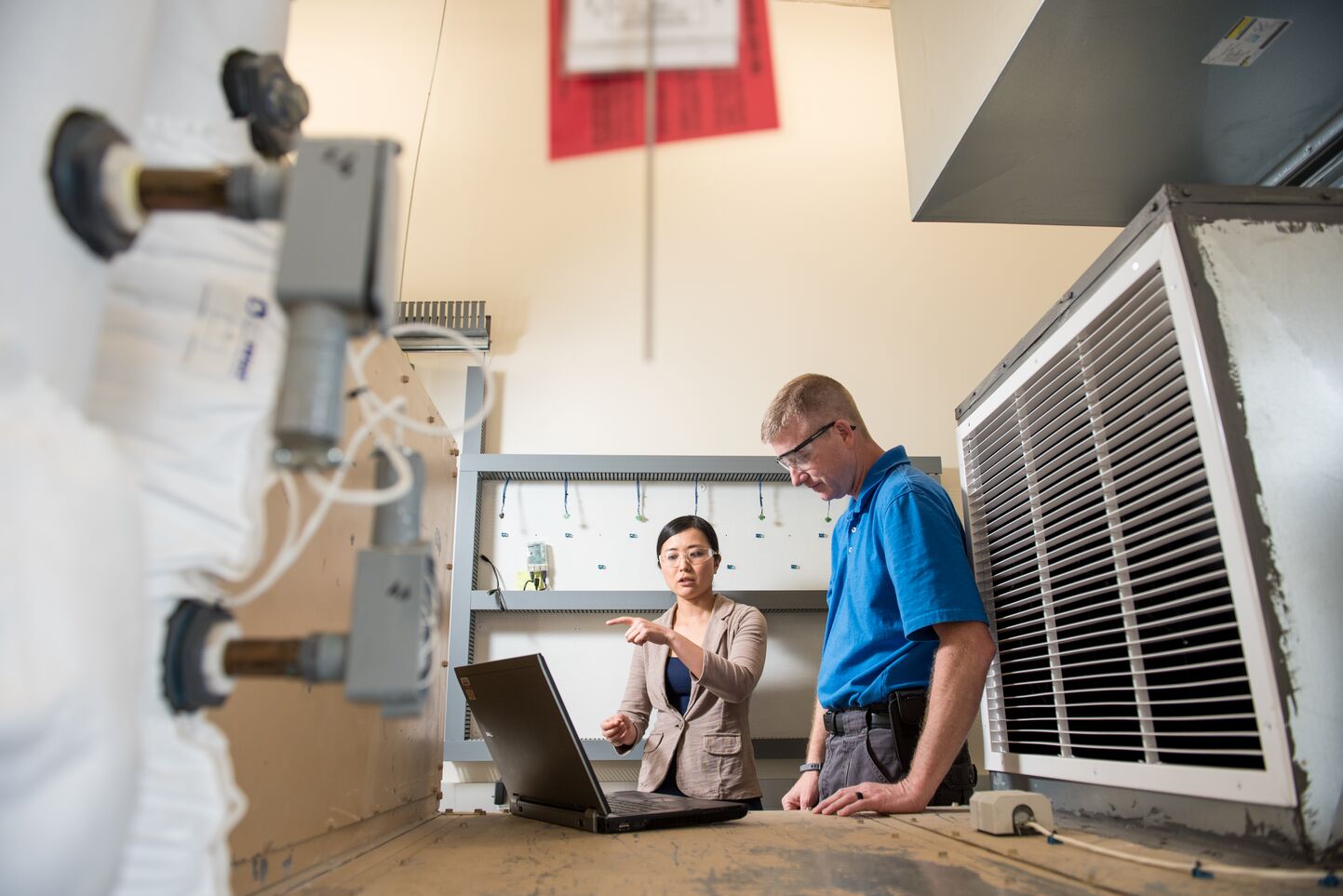
The current HVAC design practice is sequential or iterative at best, whereas the selection and optimization of the building control system is mostly an independent step in a sequential process. This conservative approach does not consider the value of advanced sensing and control technologies that may be installed later, nor the future requirements and operational benefits of grid-interactive efficient buildings. Toward this reality, PNNL is helping to establish new co-design frameworks and methodologies for controls.
Researchers at PNNL believe the broader use of co-design principles will accelerate the development and delivery of cost-effective HVAC systems that not only offer an interactive relationship with the grid but also readily tap on-site renewable resources and energy storage to meet power needs. Additionally, co-design modeling and analytical tools will help building owners better evaluate building and control options and conduct performance simulations so that potential problems or issues can be resolved during the design phase instead of during construction or operations. Co-design can also produce optimal retrofit solutions that provide grid benefits and reduced lifetime cost.
Pursuing the benefits of adaptive controls
Adaptive controls make it possible for buildings to seamlessly adjust to a variety of operational circumstances while meeting building energy needs and supporting power grid efficiency and resilience.
PNNL is working on a number of adaptive control solutions, including one that allows utilities to monitor energy consumption in buildings in real time and then select the energy loads that can be reduced to help balance power grid operations. Such a capability would enable the grid to more effectively supply electricity for critical needs during adverse or emergency situations. The capability also can inform planning for energy storage requirements and, in microgrids, improve end-use load selection.
Researchers at PNNL are also exploring methods for continuous, automatic, and maximum system performance in large commercial buildings while simultaneously addressing the variability of energy loads and uncertainties associated with equipment health and performance degradation. The objective is twofold: eliminate the need for seasonal manual tuning of building operations and assure optimal systems behavior even as building operational conditions (e.g., outdoor air temperature and equipment performance degradation) change.
Additionally, PNNL is focused on resilience strategies and technologies to detect and localize cyber faults. Such approaches will enable safe and near-optimal closed-loop operations under all identified cyber-fault scenarios.
Tuning buildings for better performance
PNNL has led the development and deployment of Re-tuning™ methods and technologies for commercial buildings. Re-tuning helps detect, diagnose, and correct operational problems for functions such as heating, cooling, and lighting. The process can be used in buildings with and without building automation systems and helps building owners make decisions on installation of enhanced sensing, better use of existing building controls, and deployment of advanced controls.
A PNNL-developed approach for automated fault detection and diagnostics (AFDD) takes work out of the Re-tuning process. PNNL’s AFDD can continuously query building operations, collect data, analyze the data, and then identify, diagnose, and prioritize operational issues based on the cost impact. In some cases, AFDD automatically corrects issues.
Re-tuning and AFDD methods continue to improve efficiency for millions of square feet of floor space nationwide. Read more about the genesis of PNNL’s Re-tuning approach in the report, Saving Electricity in the State of Washington: Improving Efficiency of Commercial Buildings.
Making homes more flexible
PNNL’s Residential Load Flexibility effort, also referred to as Connected Homes, focuses on developing a prototype hardware and software control platform for existing homes and their current appliances and equipment. The platform as envisioned will enable a home’s individual devices—such as an electric furnace or hot water heater—to adjust energy use in response to incentives or other signals from the power grid. At the same time, the devices are responsive to maintaining homeowner comfort levels.
A large number of homes collectively and automatically coordinating energy use and costs with the grid can serve as a potent tool for reducing power system stress. The arrangement can also convey economic benefits to occupants while minimizing lifestyle disruptions.
